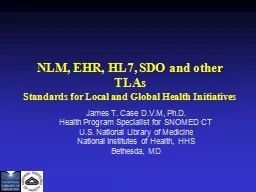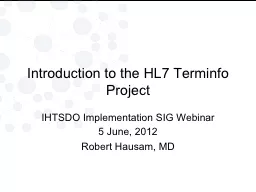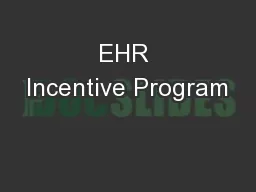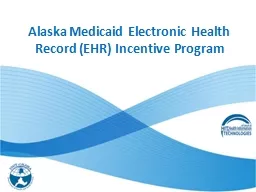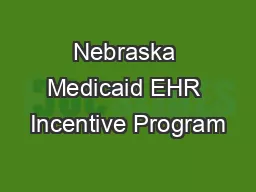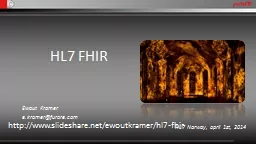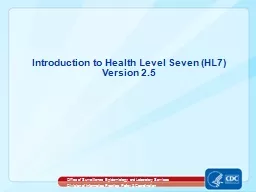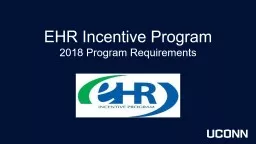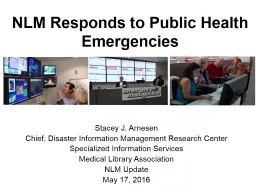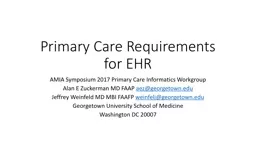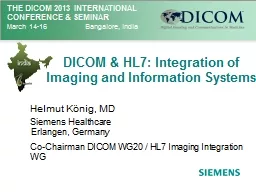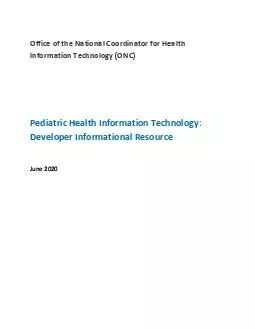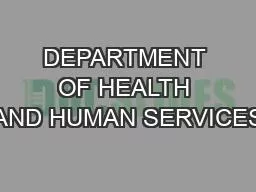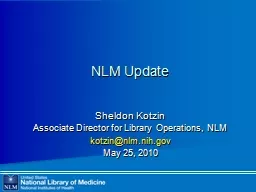PPT-NLM, EHR, HL7, SDO and other TLAs
Author : min-jolicoeur | Published Date : 2019-11-20
NLM EHR HL7 SDO and other TLAs Standards for Local and Global Health Initiatives James T Case DVM PhD Health Program Specialist for SNOMED CT US National Library
Presentation Embed Code
Download Presentation
Download Presentation The PPT/PDF document "NLM, EHR, HL7, SDO and other TLAs" is the property of its rightful owner. Permission is granted to download and print the materials on this website for personal, non-commercial use only, and to display it on your personal computer provided you do not modify the materials and that you retain all copyright notices contained in the materials. By downloading content from our website, you accept the terms of this agreement.
NLM, EHR, HL7, SDO and other TLAs: Transcript
Download Rules Of Document
"NLM, EHR, HL7, SDO and other TLAs"The content belongs to its owner. You may download and print it for personal use, without modification, and keep all copyright notices. By downloading, you agree to these terms.
Related Documents

